Pathogens, Free Full-Text
Por um escritor misterioso
Last updated 28 março 2025
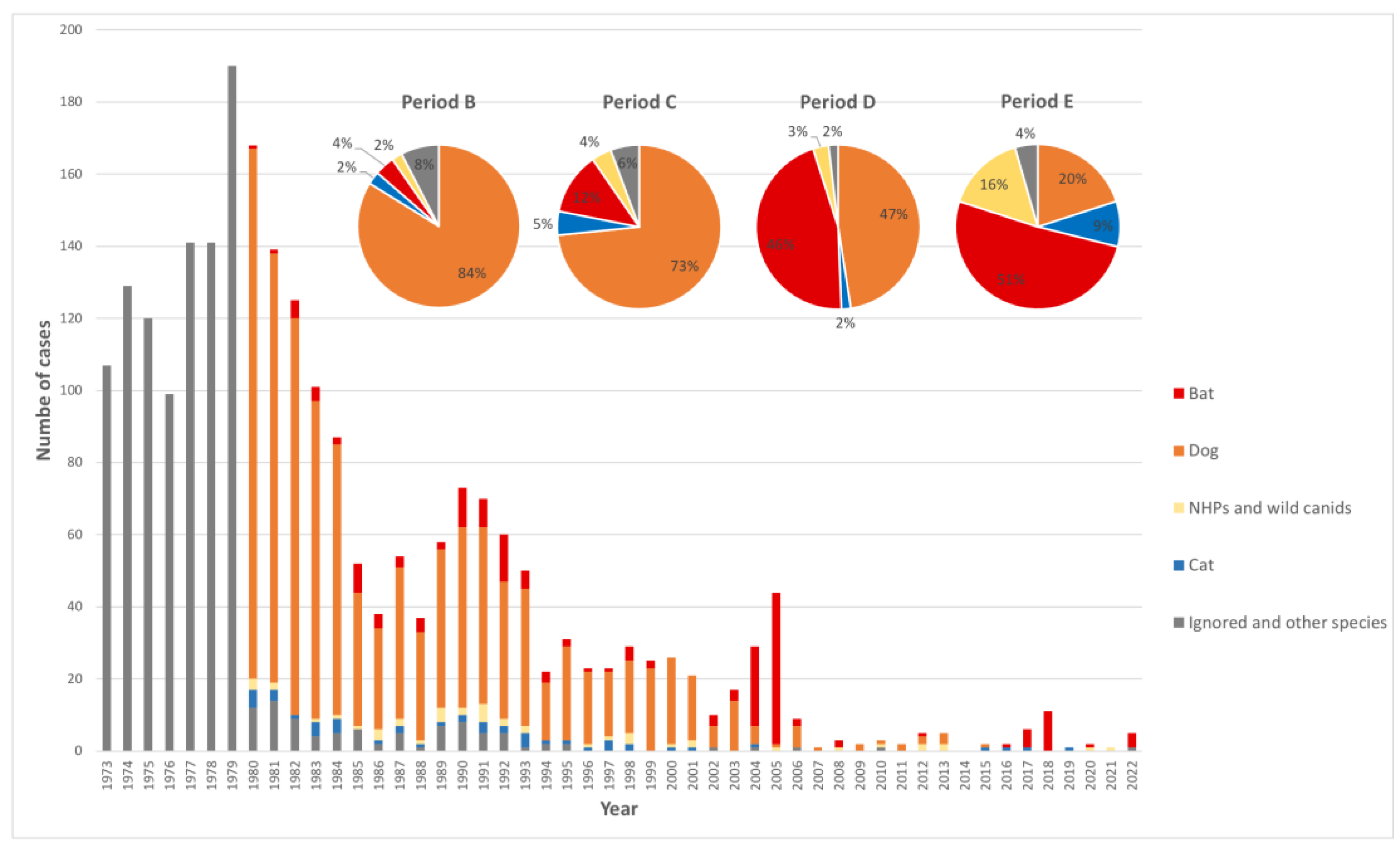
In 1973, the National Rabies Program was created in Brazil through an agreement between the Ministry of Health and Agriculture. Since its beginning, it developed integrated action through access to free post-exposure prophylaxis (PEP) for people at risk, dog vaccination campaigns, a joint surveillance system, and awareness. This study aims to describe human rabies in Brazil under the One Health perspective in recent decades, including achievements in the control of dog-mediated cases and challenges in human cases transmitted by wild animals. This paper also explores possible drivers of human rabies in the Northeast Region with half of the cases. The first part of this study was descriptive, presenting data and examples by periods. Statistical analysis was performed in the last period (2010–2022) to explore possible drivers. Dog-mediated human cases decreased from 147 to 0, and dog cases decreased from 4500 to 7. A major challenge is now human cases transmitted by wild animals (bats, non-human primates, and wild canids). Most current human cases occur in municipalities with a tropical and subtropical moist broadleaf forest biome and a Gini index higher than 0.5. In the multivariable analysis, an association with temperature was estimated (OR = 1.739; CI95% = 1.181–2.744), and primary healthcare coverage (OR = 0.947; CI95% = 0.915–0.987) was identified as a protector. It is possible to significantly reduce the number of dog-mediated human rabies cases through the efforts presented. However, Brazil has wildlife variants of the rabies virus circulating. The association of human cases with higher temperatures in the Northeast is a concern with climate change. To reduce human cases transmitted by wild animals, it is important to continue distributing free PEP, especially in remote at-risk areas in the Region, and to increase awareness.
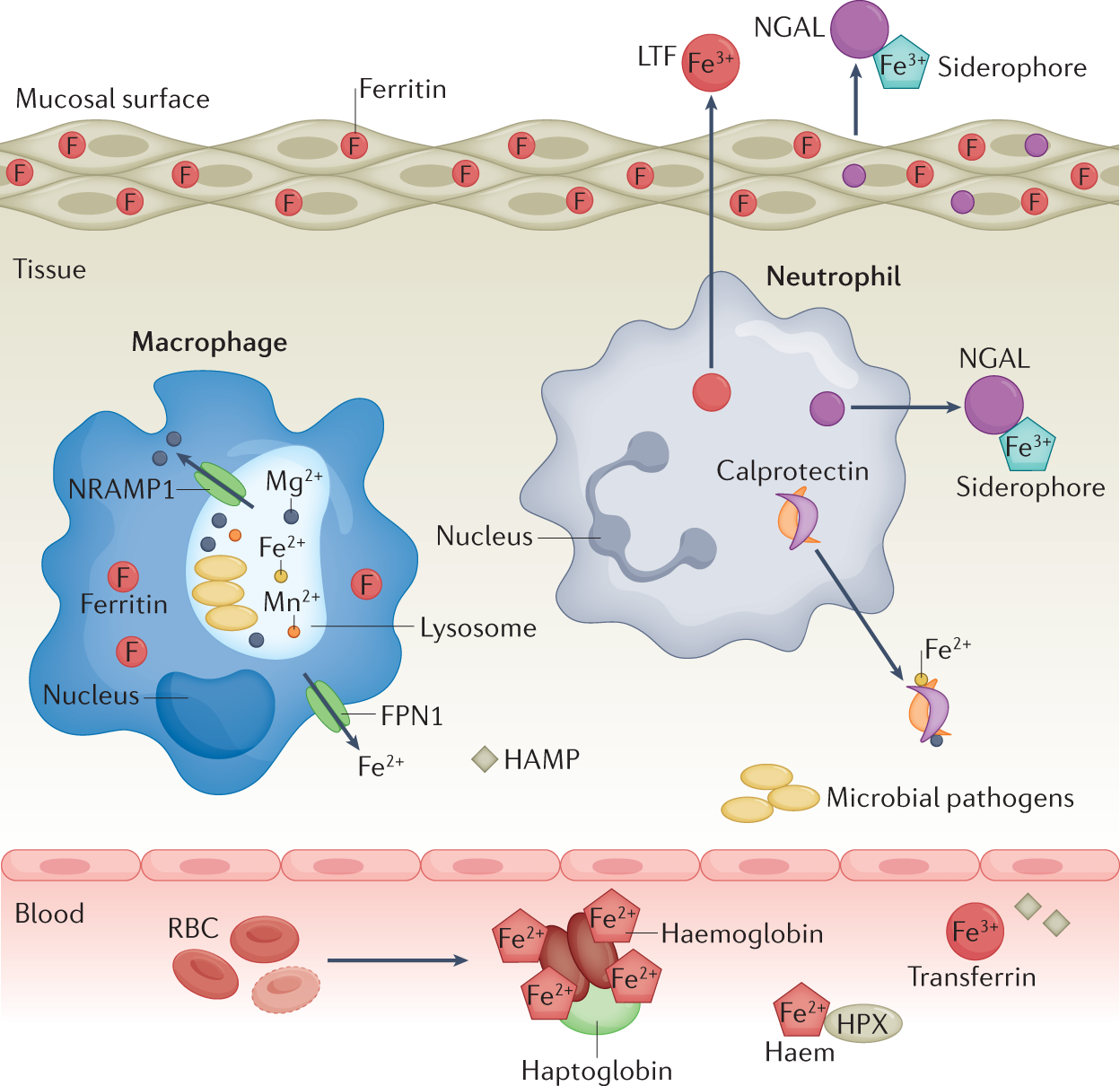
Nutritional immunity: the battle for nutrient metals at the host–pathogen interface
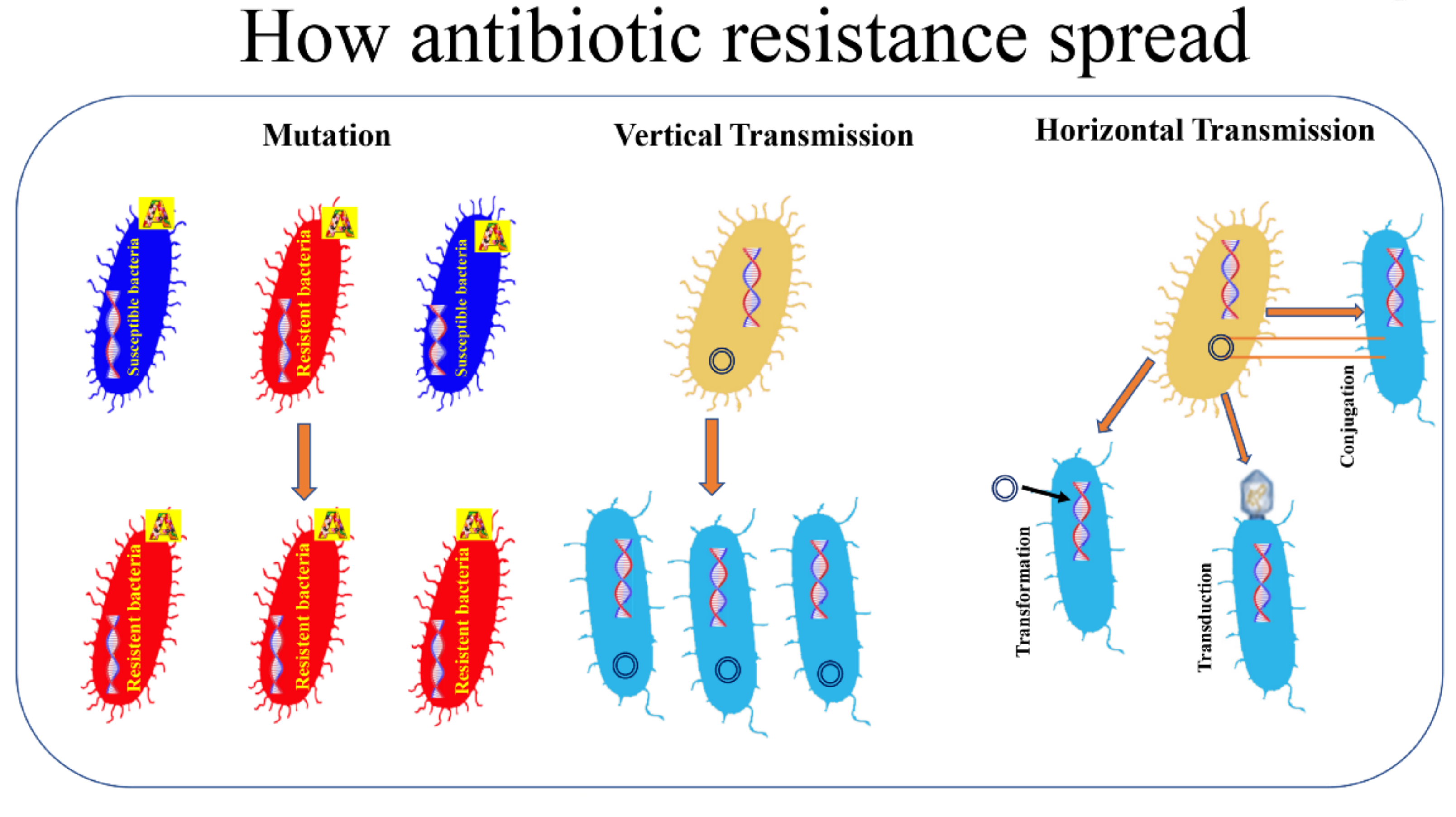
Pathogens, Free Full-Text
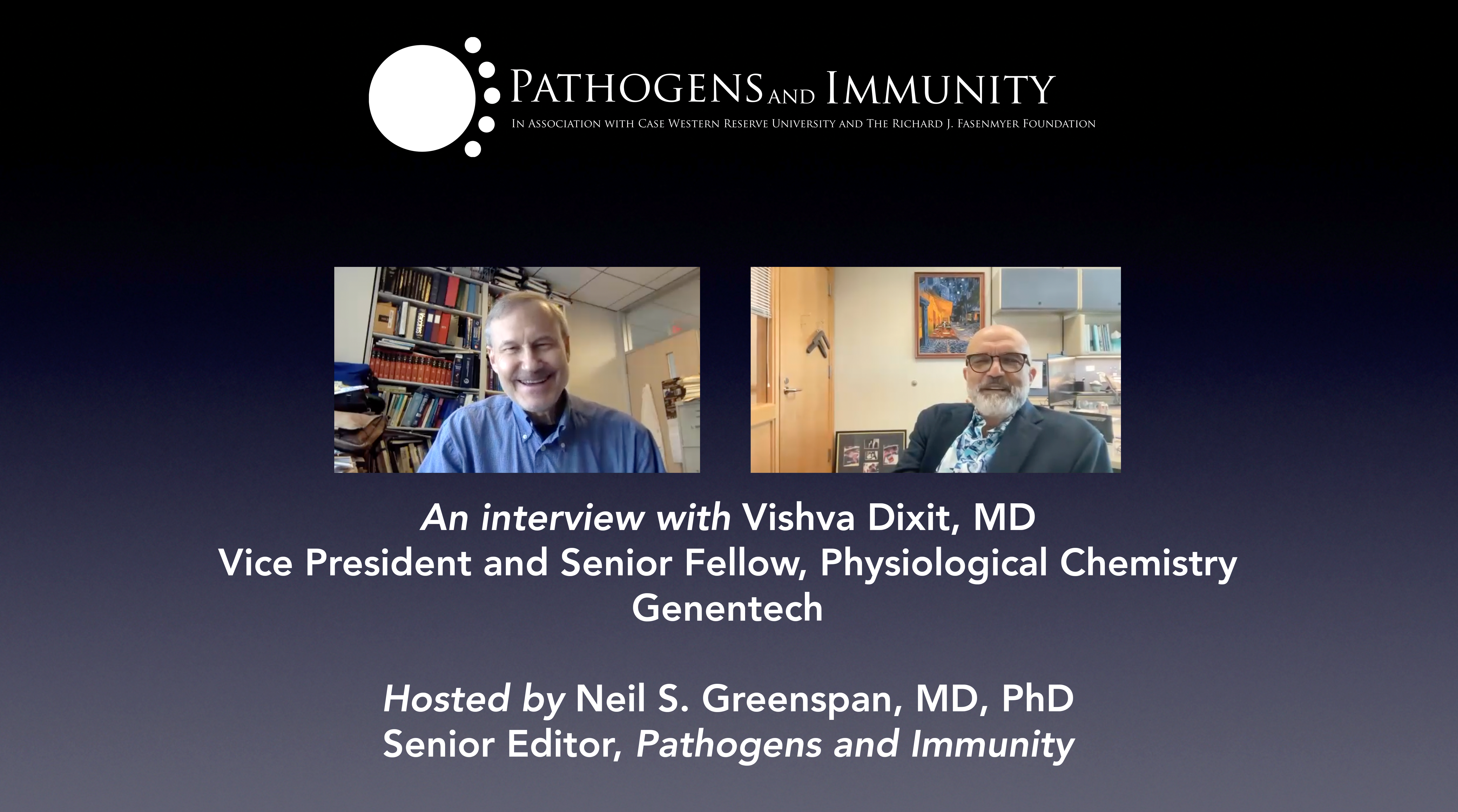
Pathogens and Immunity
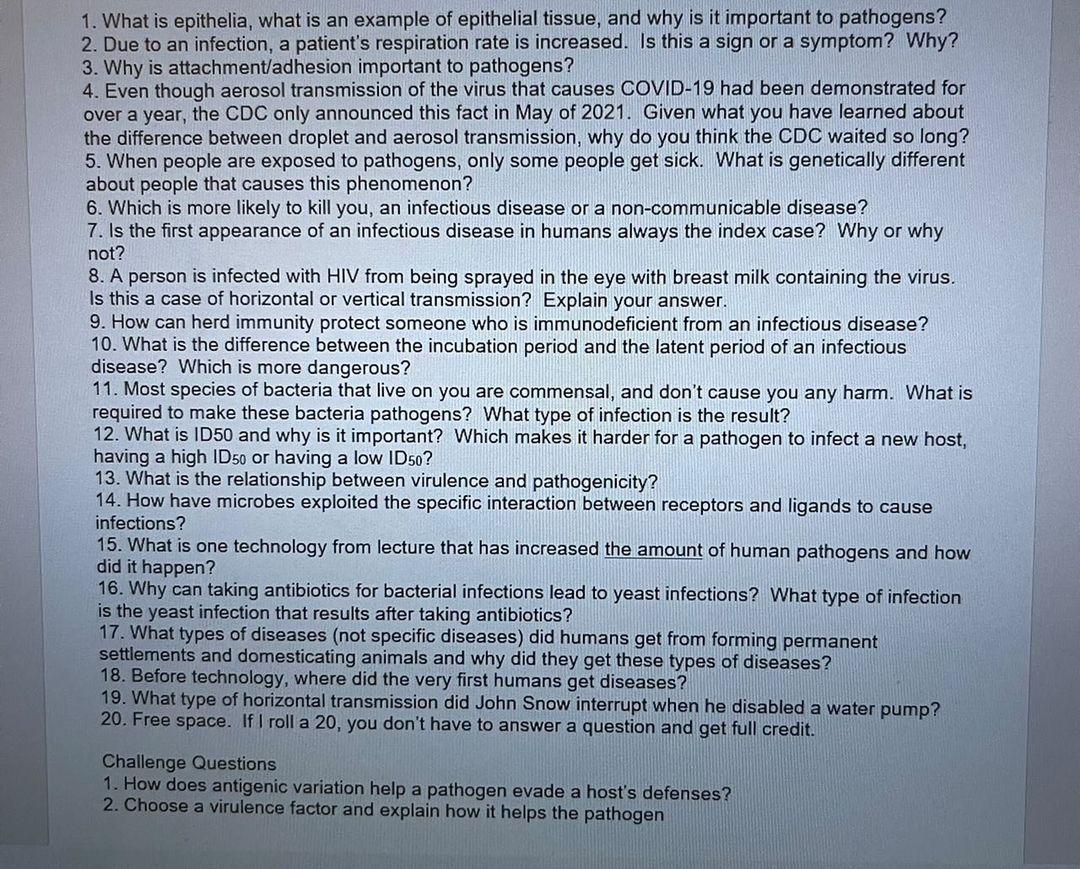
Solved 1. What is epithelia, what is an example of
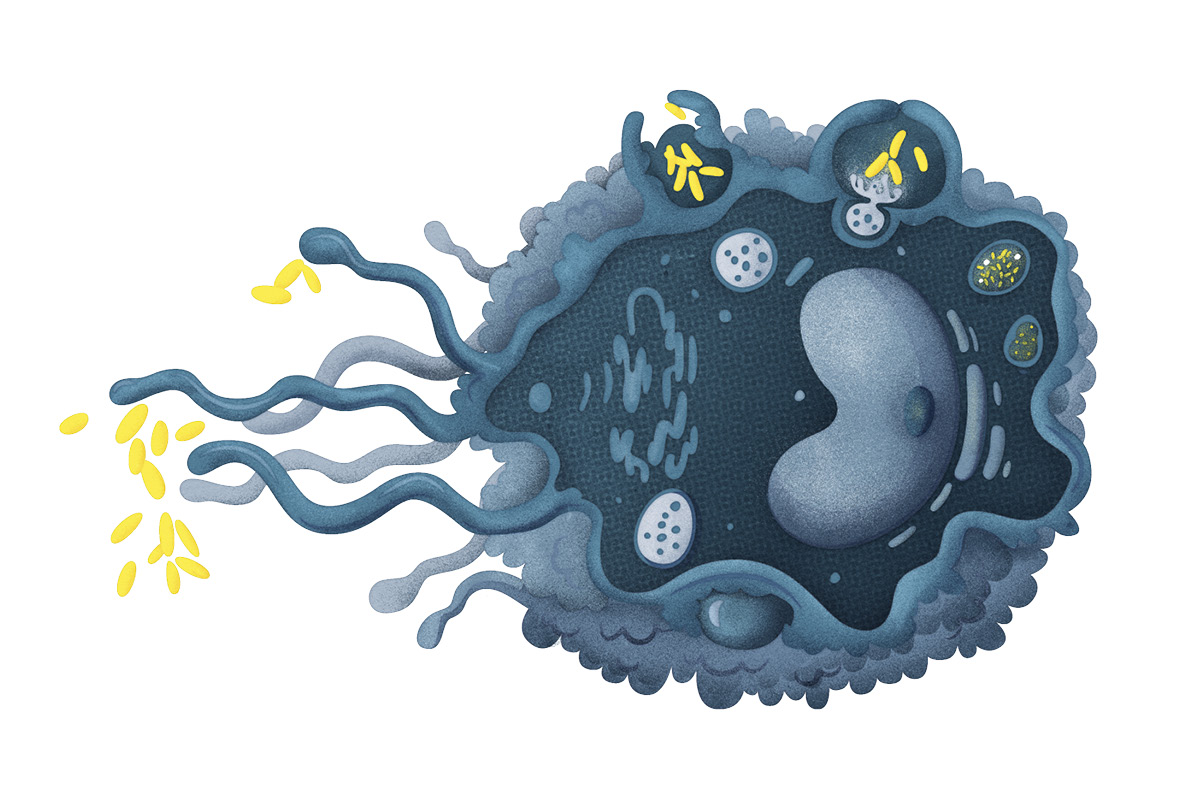
Macrophages: What are they and how do they kill bacteria? - BBC Science Focus Magazine
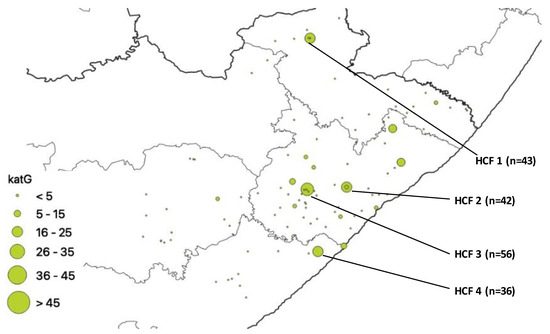
Hcf Practice Maps - Colaboratory
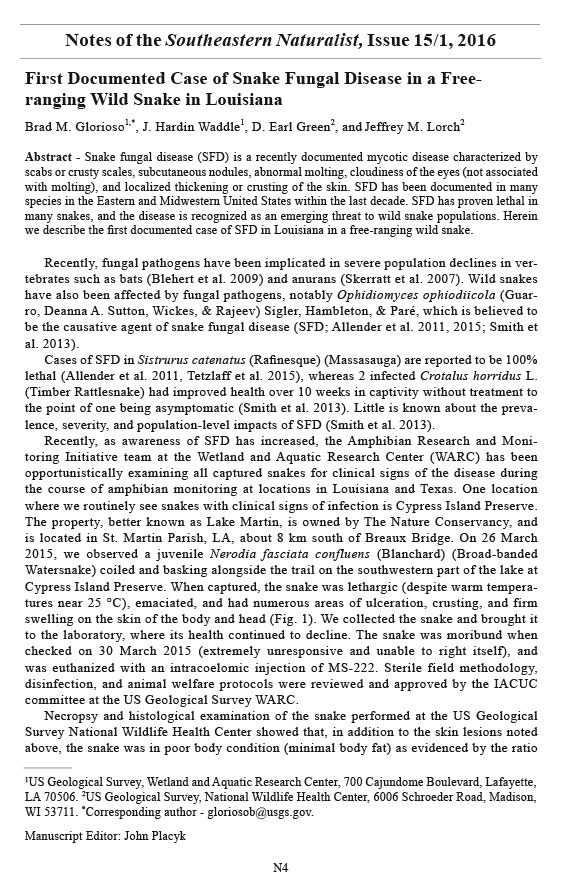
Southeastern Naturalist, Volume 15, Number 1 (2016): N4–N6

Parasites may be a hot topic at the moment, but they're not just a new trend. Nematodes are in fact the oldest living animal on the planet.…

ThinkLite Natick MA
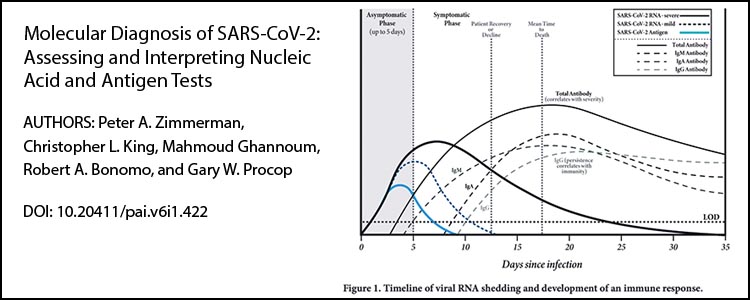
Pathogens and Immunity

Pathogens Packet - Bacteria Viruses Protozoa Fungi Parasites and Prions - Homeschool Den
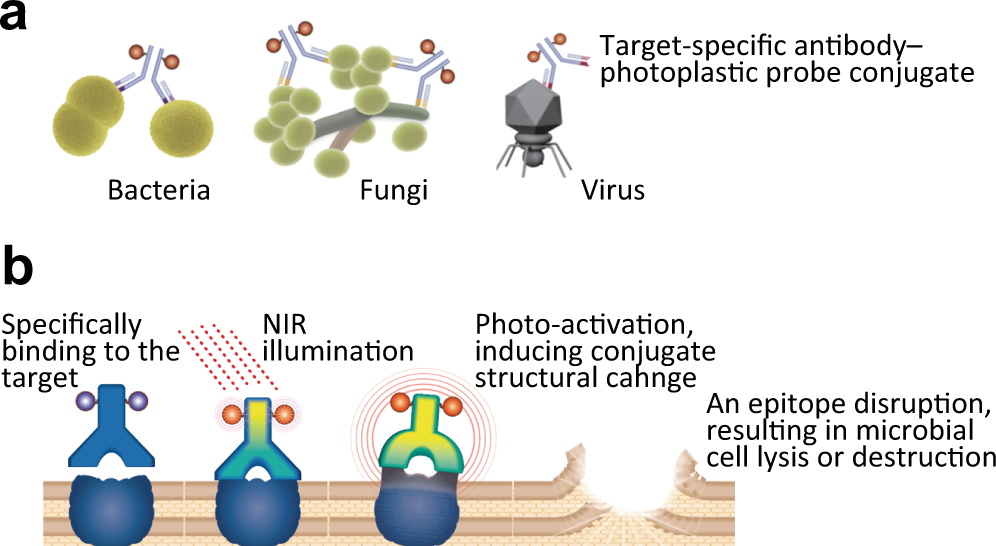
Antimicrobial strategy for targeted elimination of different microbes, including bacterial, fungal and viral pathogens
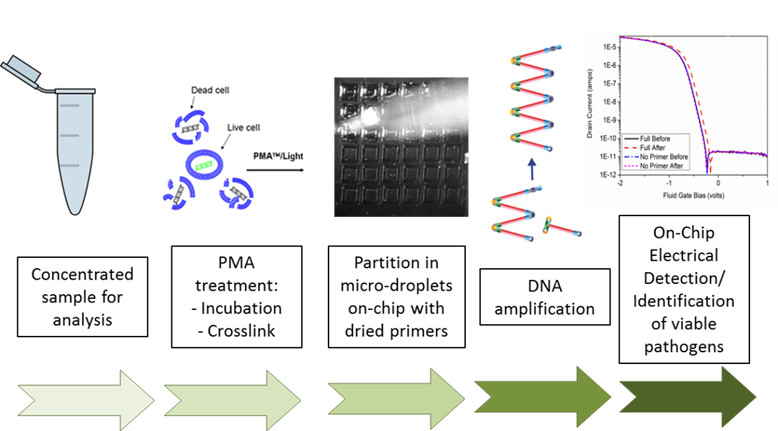
Detection of Viable Pathogens Using Label-Free Electrical Detection of Nucleic Acid Amplification : LIBNA

Pathogens Vectors & Illustrations for Free Download
Recomendado para você
-
 Você ama ela, Renato? td Curtir Responder Renato Ruiz Não Triste Responder B Renato Ruiz por que vc não ama sua mãe? Curtir Responder Porque ela tá muito velha Triste Responder28 março 2025
Você ama ela, Renato? td Curtir Responder Renato Ruiz Não Triste Responder B Renato Ruiz por que vc não ama sua mãe? Curtir Responder Porque ela tá muito velha Triste Responder28 março 2025 -
 Oi, o meu nome é Renato Ruiz, eu sou fã de você e admirador, eu masturbei várias vezes olhando as suas fotos e eu ejaculei, eu sinto atração por você, eu queria28 março 2025
Oi, o meu nome é Renato Ruiz, eu sou fã de você e admirador, eu masturbei várias vezes olhando as suas fotos e eu ejaculei, eu sinto atração por você, eu queria28 março 2025 -
 Eduarda Silva Me beija renato Curtir Renato Ruiz Vem na minha casa WDOs: Curtir Eduarda Silva28 março 2025
Eduarda Silva Me beija renato Curtir Renato Ruiz Vem na minha casa WDOs: Curtir Eduarda Silva28 março 2025 -
 Rizada28 março 2025
Rizada28 março 2025 -
CÉLIO RENATO BUENO RUIZ - PD & Technical Customer Service Manager Adhesives LATAM - Henkel ltda28 março 2025
-
 Juruá Editora - Grito pela Democracia, O - Crimes Contra o Estado Democrático de Direito Brasileiro - Call for Democracy: Crimes Against the Brazilian Democratic Rule of Law, Coordenadora: Denise Hammerschmidt28 março 2025
Juruá Editora - Grito pela Democracia, O - Crimes Contra o Estado Democrático de Direito Brasileiro - Call for Democracy: Crimes Against the Brazilian Democratic Rule of Law, Coordenadora: Denise Hammerschmidt28 março 2025 -
 Crime, Polícia e Justiça no Brasil28 março 2025
Crime, Polícia e Justiça no Brasil28 março 2025 -
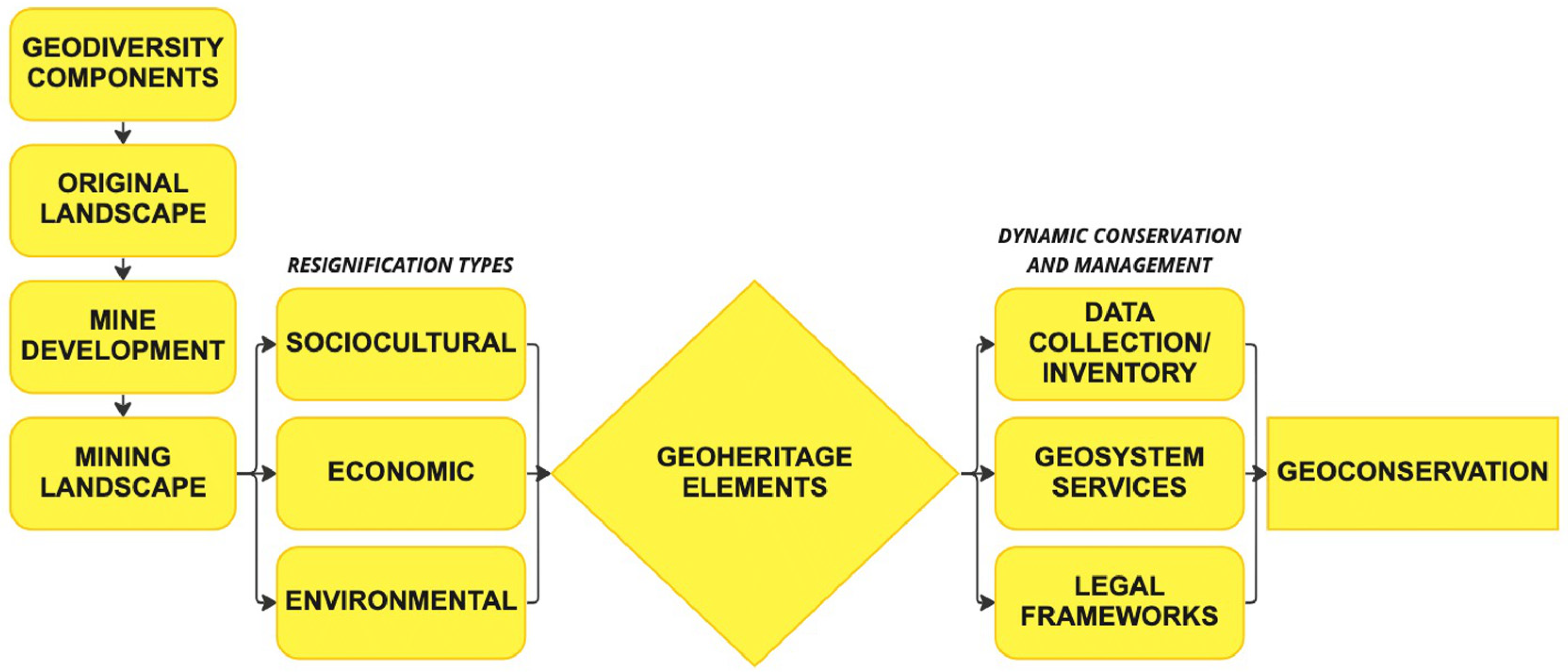 Resources, Free Full-Text28 março 2025
Resources, Free Full-Text28 março 2025 -
 The global biogeography of tree leaf form and habit28 março 2025
The global biogeography of tree leaf form and habit28 março 2025 -
 Seminário Crimes Cibernéticos – SINDPESP28 março 2025
Seminário Crimes Cibernéticos – SINDPESP28 março 2025
você pode gostar
-
 DIY 3D Mosaico Pintura de Animais, Gato, Leão, Tigre, Bloco de Construção, Bordado, Home Wall Art, Pixel Ideas, Decoração Pop, Presente28 março 2025
DIY 3D Mosaico Pintura de Animais, Gato, Leão, Tigre, Bloco de Construção, Bordado, Home Wall Art, Pixel Ideas, Decoração Pop, Presente28 março 2025 -
 JoJo's Bizarre Adventure: 10 Things You Didn't Know About Stone Ocean28 março 2025
JoJo's Bizarre Adventure: 10 Things You Didn't Know About Stone Ocean28 março 2025 -
Monster Trucks Die-Cast Truck 2 Pack - Assorted by Hot Wheels at28 março 2025
-
 How to get Legendary weapons in COD Mobile Season 1128 março 2025
How to get Legendary weapons in COD Mobile Season 1128 março 2025 -
 Sonic Speed Simulator Reborn/Glitches, Sonic Wiki Zone28 março 2025
Sonic Speed Simulator Reborn/Glitches, Sonic Wiki Zone28 março 2025 -
 Kirby and the Forgotten Land para o console Nintendo Switch™ – Como jogar28 março 2025
Kirby and the Forgotten Land para o console Nintendo Switch™ – Como jogar28 março 2025 -
 How to play online in Gran Turismo Sport28 março 2025
How to play online in Gran Turismo Sport28 março 2025 -
 2023} OP Jailbreak Script28 março 2025
2023} OP Jailbreak Script28 março 2025 -
 Carro R/c Drift Carrinho Controle Remoto Elétrico 33cm Pneus - R$ 599,928 março 2025
Carro R/c Drift Carrinho Controle Remoto Elétrico 33cm Pneus - R$ 599,928 março 2025 -
 ARK Ascended News on X: We've just launched a brand new #ARK2 Community Discord! 🦕 Let's talk ARK 2, eat ARK 2, sleep ARK 2 and let's pray together for a28 março 2025
ARK Ascended News on X: We've just launched a brand new #ARK2 Community Discord! 🦕 Let's talk ARK 2, eat ARK 2, sleep ARK 2 and let's pray together for a28 março 2025

